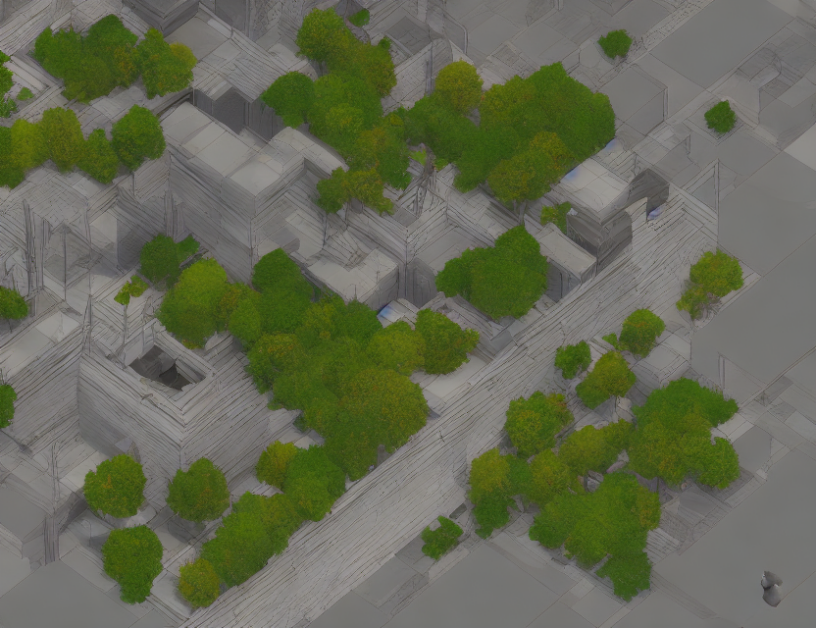The authors acknowledge the support of their research by the National Science Foundation. They highlight two key motivations for migrating to RenderCore: scalability and maintainability. With RenderCore, they aim to create a more efficient and sustainable even-display framework that can be easily extended and maintained over time. By using RenderCore, developers can focus on building new features without worrying about the underlying rendering engine’s limitations.
To understand the authors’ perspective, imagine you are trying to build a house. You could use a pre-made blueprint for a large, fully-featured house that looks great but takes forever to build and costs a lot of money. Alternatively, you could use a simple, lightweight blueprint that takes less time and cost to build, allowing you to focus on adding unique features that make your house truly yours. In the same way, RenderCore provides a flexible foundation for building an even-display framework without getting bogged down by the complexities of a large rendering engine.
The authors provide several references to existing research papers that support their claims about the limitations of traditional rendering engines and the benefits of using RenderCore. They also acknowledge the work of other developers who have contributed to the development of RenderCore. By leveraging these resources, the authors aim to create a more sustainable and efficient even-display framework for the scientific community.
In summary, the authors of this article argue that selecting the right rendering engine is crucial for building an effective even-display framework. They transitioned from a large, fully-featured rendering engine to a lightweight, research-oriented one due to limitations in scalability and maintainability. By using RenderCore, they aim to create a more efficient and sustainable framework that can be easily extended and maintained over time.
High Energy Physics - Experiment, Physics
WebGPU-Based Rendering Engine for ROOT and EVE: RenderCore



